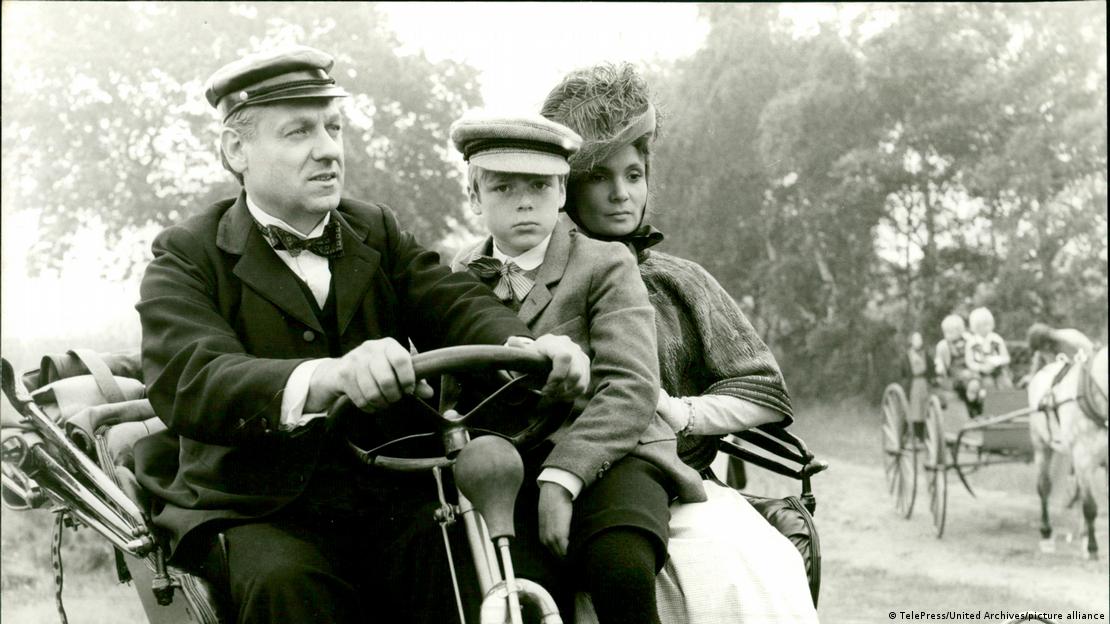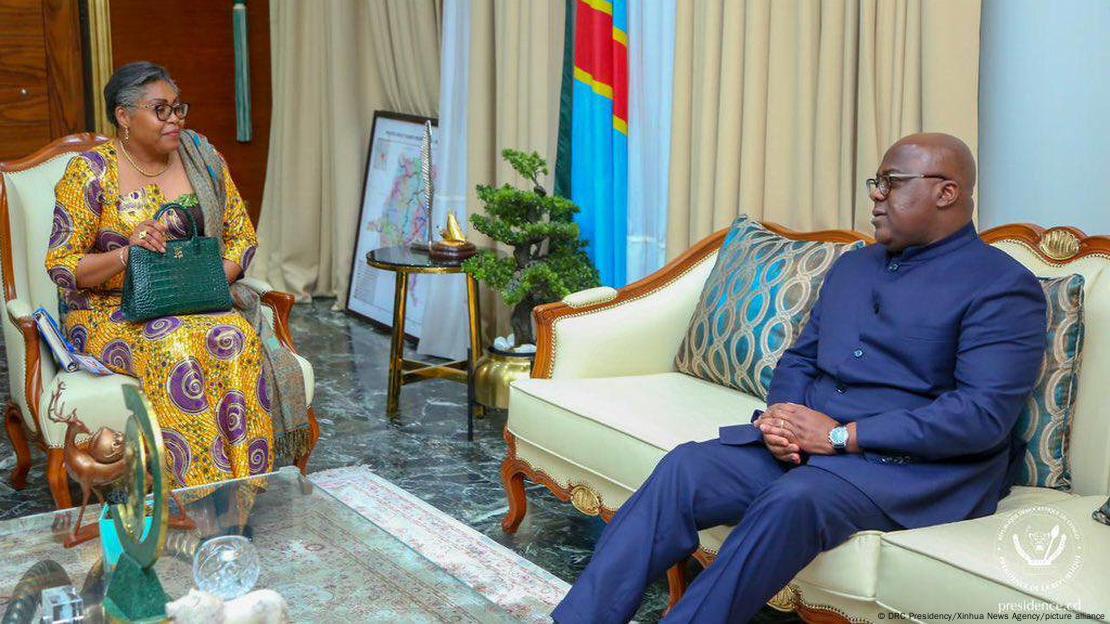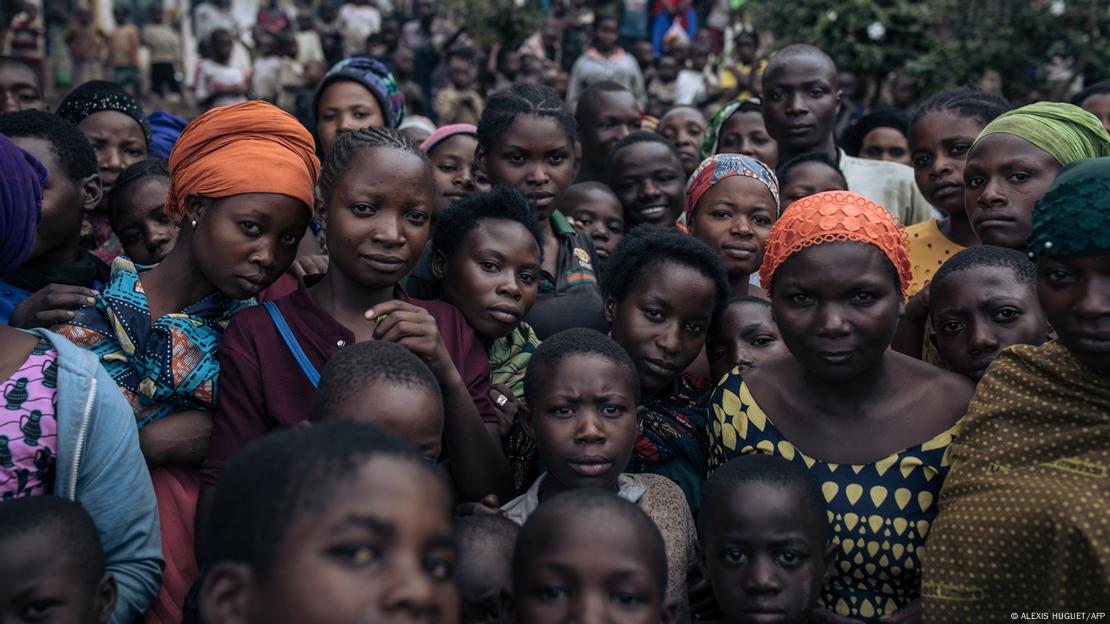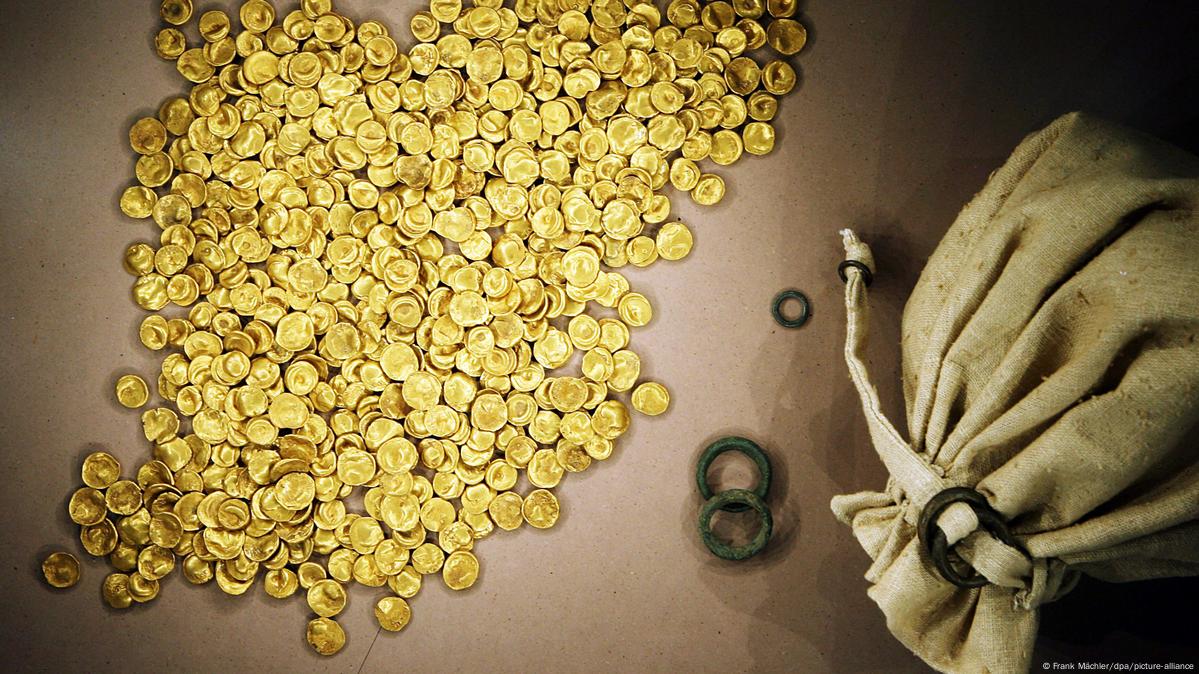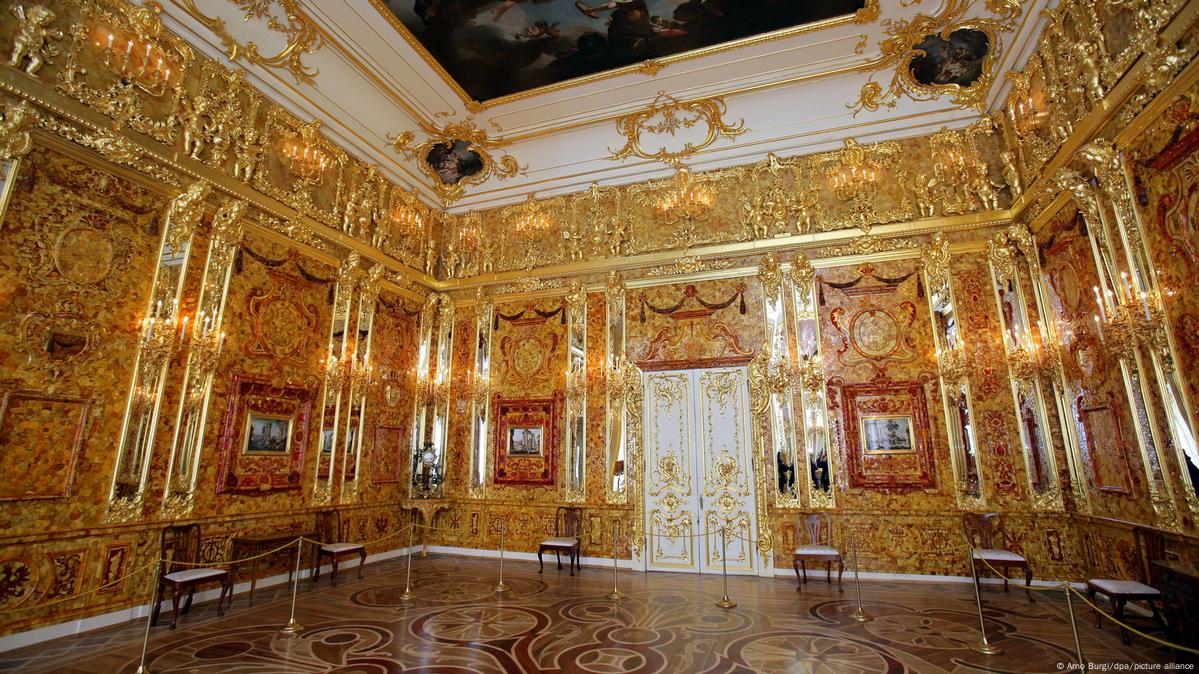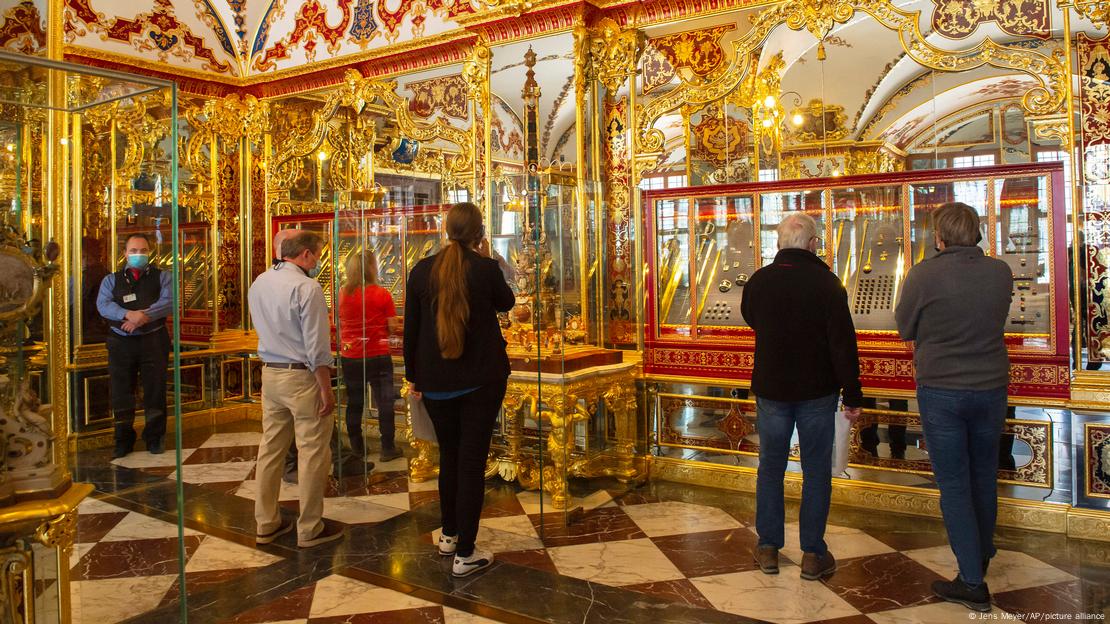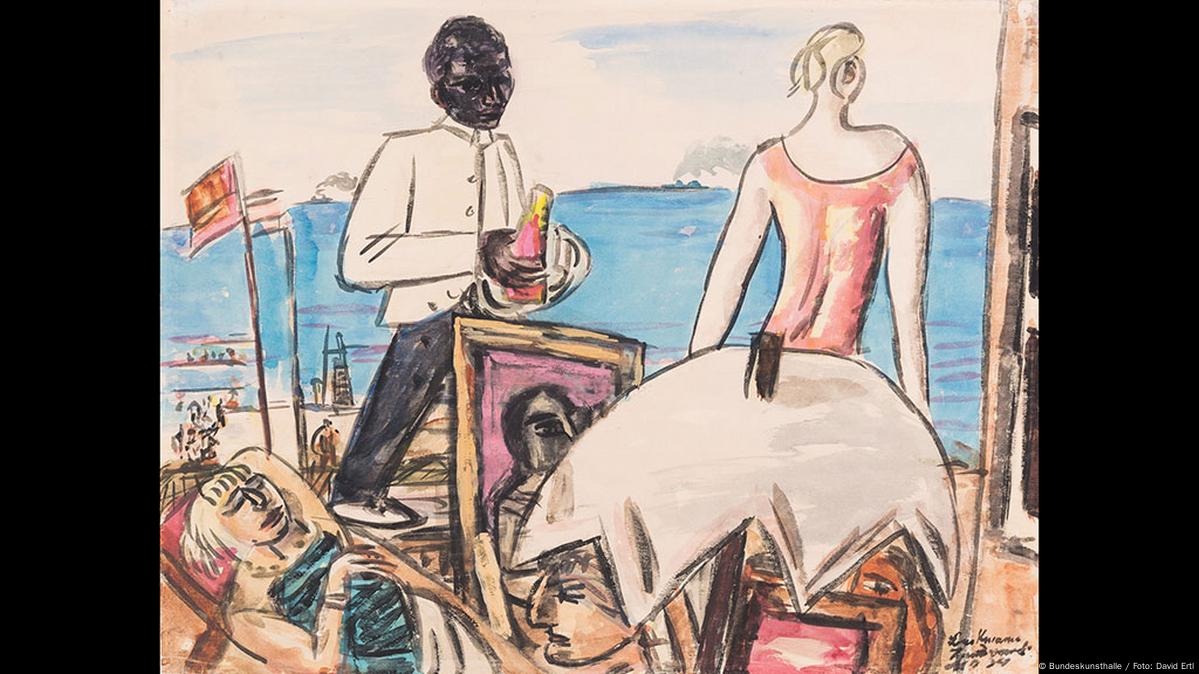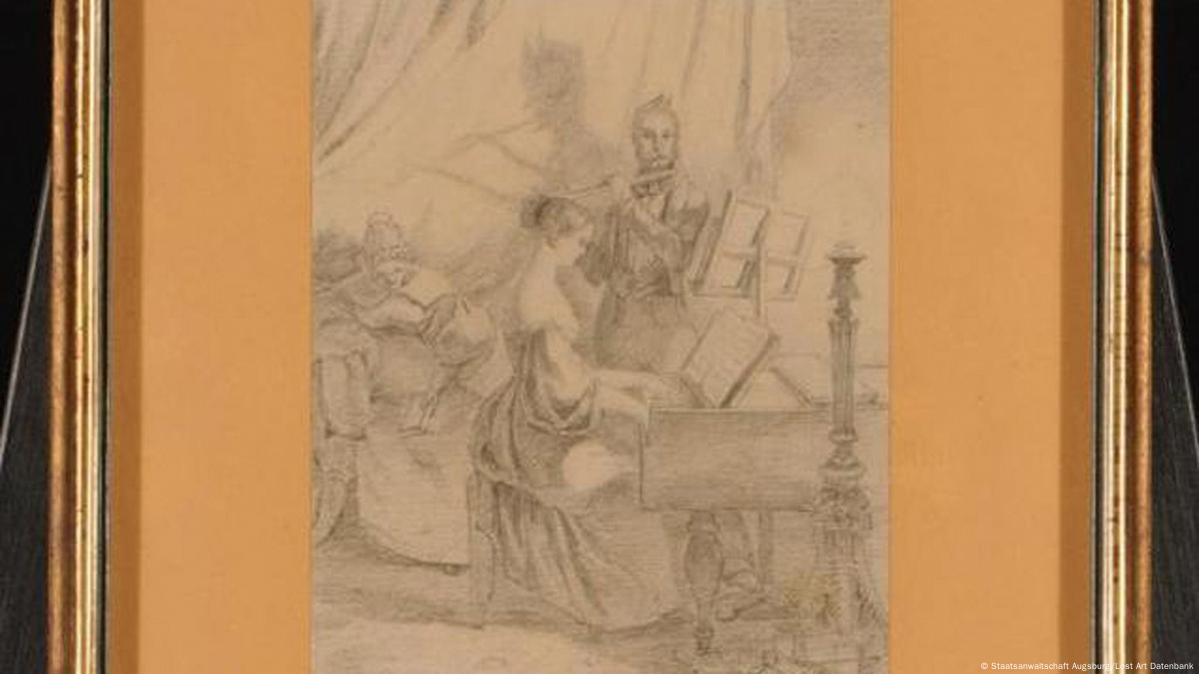China builds strategic South China Sea foothold in Cambodia
in Bangkok
DW
May 28, 2024
Ties between China and Cambodia seem to be growing stronger, as evidenced by joint military drills this month. Experts say Beijing will use Cambodia as a conduit to further its strategic interests in the South China Sea.
Ties between China and Cambodia seem to be growing stronger, as evidenced by joint military drills this month. Experts say Beijing will use Cambodia as a conduit to further its strategic interests in the South China Sea.
Image: AP Photo/picture alliance
China and Cambodia are capping off 15 days of military exercises on Thursday, which have included over 2,000 military personnel from both countries carrying out drills on land and at sea.
This year's annual "Golden Dragon" exercises come after China has significantly helped upgrade Cambodian military facilities, including the Ream Naval Base, while providing new equipment.
When the exercises kicked off on May 16 at a Cambodian military base northwest of Phnom Penh, the Cambodian army's commander in chief, Vong Pisen, publicly thanked China for the upgrade and equipment.
Mark S. Cogan, an associate professor of Peace and Conflict Studies at Japan's Kansai Gaidai University, told DW the drills "reinforce pre-existing notions about the growing influence of China, particularly in matters of security."
The Golden Dragon military drills also symbolize Cambodia's close relations with China, which come at the expense of strategic ties with the US.
The annual exercises have been held regularly since 2016, just before Phnom Penh cancelled its military exercises with the US in 2017.
China and Cambodia are capping off 15 days of military exercises on Thursday, which have included over 2,000 military personnel from both countries carrying out drills on land and at sea.
This year's annual "Golden Dragon" exercises come after China has significantly helped upgrade Cambodian military facilities, including the Ream Naval Base, while providing new equipment.
When the exercises kicked off on May 16 at a Cambodian military base northwest of Phnom Penh, the Cambodian army's commander in chief, Vong Pisen, publicly thanked China for the upgrade and equipment.
Mark S. Cogan, an associate professor of Peace and Conflict Studies at Japan's Kansai Gaidai University, told DW the drills "reinforce pre-existing notions about the growing influence of China, particularly in matters of security."
The Golden Dragon military drills also symbolize Cambodia's close relations with China, which come at the expense of strategic ties with the US.
The annual exercises have been held regularly since 2016, just before Phnom Penh cancelled its military exercises with the US in 2017.

Cambodian General Vong Pisen (r) kicked off the drills with China's PLA southern theater commander Gao Xiucheng
Image: Heng Sinith/AP Photo/picture alliance
The US has previously expressed concern that the Ream Naval Base could become an outpost for the Chinese navy at a strategic position near the southern tip of Cambodia on the Gulf of Thailand, near the South China Sea.
In December 2023, Chinese naval vessels docked at the base for the first time, at a pier that had been refurbished to accommodate larger vessels. The Chinese corvettes have been docked there for five months, but Cambodia's Defense Ministry said it is not a permanent deployment.
Cambodia's government also maintains that the country's constitution prohibits the deployment of foreign military forces on its territory.
China edging out the US in Cambodia
In recent years, Cambodia has moved to become Beijing's closest partner in Southeast Asia. Cambodian Prime Minister Hun Manet visited Beijing in September, weeks after he was sworn in as the country's new premier.
At same time, US and Cambodian ties continue to sour, with Washington pointing out Cambodia's poor human rights record, and a crackdown on political parties and dissidents.
US Secretary of Defense Lloyd Austin will look to smooth relations when he visits Cambodia on June 4 after attending the Shangri-La Dialogue in Singapore. Austin is also meeting Chinese officials as part of the talks.
"US Defense Secretary Austin will soon be in Cambodia to greet Hun Manet, but like much of Biden's foreign policy in Southeast Asia, he will be on the back foot," Cogan said.
"Austin's visit has to mix the pragmatic with the normative, as the tough line on human rights have pushed Cambodia closer to China, and the advantage that has given Beijing can be seen across the country," he added.
The US has previously expressed concern that the Ream Naval Base could become an outpost for the Chinese navy at a strategic position near the southern tip of Cambodia on the Gulf of Thailand, near the South China Sea.
In December 2023, Chinese naval vessels docked at the base for the first time, at a pier that had been refurbished to accommodate larger vessels. The Chinese corvettes have been docked there for five months, but Cambodia's Defense Ministry said it is not a permanent deployment.
Cambodia's government also maintains that the country's constitution prohibits the deployment of foreign military forces on its territory.
China edging out the US in Cambodia
In recent years, Cambodia has moved to become Beijing's closest partner in Southeast Asia. Cambodian Prime Minister Hun Manet visited Beijing in September, weeks after he was sworn in as the country's new premier.
At same time, US and Cambodian ties continue to sour, with Washington pointing out Cambodia's poor human rights record, and a crackdown on political parties and dissidents.
US Secretary of Defense Lloyd Austin will look to smooth relations when he visits Cambodia on June 4 after attending the Shangri-La Dialogue in Singapore. Austin is also meeting Chinese officials as part of the talks.
"US Defense Secretary Austin will soon be in Cambodia to greet Hun Manet, but like much of Biden's foreign policy in Southeast Asia, he will be on the back foot," Cogan said.
"Austin's visit has to mix the pragmatic with the normative, as the tough line on human rights have pushed Cambodia closer to China, and the advantage that has given Beijing can be seen across the country," he added.

Chinese snipers participated in the drills in Cambodia as well
Image: Heng Sinith/AP Photo/picture alliance
China is already Cambodia's top trading partner and biggest foreign investor. And it shows, with new public and private infrastructure funded by Beijing, including both roads, airports, hotels and high-rises.
Cambodia is also part of China's Belt and Road Initiative (BRI), a global infrastructure funding project.
Oren Samet, a PhD candidate at the University of California researching authoritarianism in Southeast Asia, said Beijing's support does not come along with the scrutiny and criticism of Cambodia's governance that is seen in Western countries.
"The close relationship with Beijing is the product of longer-term shifts, which have cemented China as the Cambodian People Party's (CPP) main international patron," said Samet.
"In contrast with traditional Western donors, Beijing does not care at all about Cambodia's human rights abuses or lack of democracy, and that works well for the Cambodian government, which has more free reign to suppress opposition and avoid difficult reforms," he told DW.
Samet said it will be a challenge for Washington and Phnom Penh to "repair frayed relations and strengthen strategic ties after a difficult few years."
"Democratic deficits and rights concerns will remain stumbling blocks. Cambodia hasn't improved on this front at all in the past decade, and it is unlikely to do so in the near future," he added.
China is already Cambodia's top trading partner and biggest foreign investor. And it shows, with new public and private infrastructure funded by Beijing, including both roads, airports, hotels and high-rises.
Cambodia is also part of China's Belt and Road Initiative (BRI), a global infrastructure funding project.
Oren Samet, a PhD candidate at the University of California researching authoritarianism in Southeast Asia, said Beijing's support does not come along with the scrutiny and criticism of Cambodia's governance that is seen in Western countries.
"The close relationship with Beijing is the product of longer-term shifts, which have cemented China as the Cambodian People Party's (CPP) main international patron," said Samet.
"In contrast with traditional Western donors, Beijing does not care at all about Cambodia's human rights abuses or lack of democracy, and that works well for the Cambodian government, which has more free reign to suppress opposition and avoid difficult reforms," he told DW.
Samet said it will be a challenge for Washington and Phnom Penh to "repair frayed relations and strengthen strategic ties after a difficult few years."
"Democratic deficits and rights concerns will remain stumbling blocks. Cambodia hasn't improved on this front at all in the past decade, and it is unlikely to do so in the near future," he added.
Cambodia and China: authoritarian bedfellows
Critics call Cambodia's leadership the "Hun-Dynasty." The ruling CPP has faced little challenge to its power, with opposition parties being suppressed in recent years.
Critics say Hun Sen, who led Cambodia for nearly four decades, from 1985 to 2023, ran Cambodia like a dictatorship, cracking down on both political rivals and free independent media, as well as opposing free and fair elections.
Cambodia ranks second-to-last, 141 out of 142, in The World Justice Project's global rankings for 2023. The rankings are based on several indicators including human rights, social justice and the economy.
Cambodia and China have both described their relations as "ironclad," with official ties stretching back to 1958.
Manet pledged stronger ties with Beijing on his first overseas visit as Prime Minister in September, and said he hoped for closer cooperation with China on international and regional issues.
"I am skeptical that things will change much under Hun Manet. Despite being superficially more Western-oriented than his father, he presides over what is fundamentally the same regime as before," said Samet.
A voice for China in ASEAN?
Beijing's influence in Cambodia is also seen in forums like the Association of Southeast Asian Nations (ASEAN), a 10-member political and economic union, of which China is not a member, but is a "comprehensive" strategic partner.
Cambodia often stands in support of China's regional goals, which include political ambitions like claiming ownership over much of the South China Sea.

Cambodia's Prime Minister Hun Manet is expected to govern in the style of his father, Hun Sen
Image: Heng Sinith/AP/picture alliance
The Philippines, Indonesia and Vietnam, all ASEAN members, strongly dispute these maritime claims, but with Cambodia on the side of Beijing, the country has become a leverage point for China.
"Competition and conflict over the South China Sea have driven further sclerosis within ASEAN," said Samet.
"Beijing is making its influence felt across the region, but Cambodia has been particularly strongly impacted," Samet added.
Edited by: Wesley Rahn
The Philippines, Indonesia and Vietnam, all ASEAN members, strongly dispute these maritime claims, but with Cambodia on the side of Beijing, the country has become a leverage point for China.
"Competition and conflict over the South China Sea have driven further sclerosis within ASEAN," said Samet.
"Beijing is making its influence felt across the region, but Cambodia has been particularly strongly impacted," Samet added.
Edited by: Wesley Rahn


